Established 1894 Director Mark Richards | Type Civic Museum Founded 1894 | |
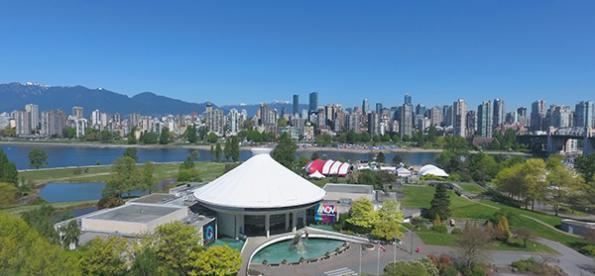 | ||
Curator Gregory Dreicer, Viviane Gosselin Website www.museumofvancouver.ca/ Similar H R MacMillan Space Ce, Vancouver Maritime Museum, Vanier Park, Museum of Anthropology at UBC, Vancouver Art Gallery Profiles | ||
The Museum of Vancouver (MOV) (formerly the Vancouver Museum and prior to that the Centennial Museum) is an award-winning civic history museum located in Vanier Park, Vancouver, British Columbia. The MOV is the largest civic museum in Canada and the oldest museum in Vancouver. The museum was founded in 1894 and went through a number of iterations before being rebranded as the Museum of Vancouver in 2009. It creates Vancouver-focused exhibitions and programs that encourage conversations about what was, is, and can be Vancouver. It shares an entrance and foyer with the H. R. MacMillan Space Centre but the MOV is much larger and occupies the vast majority of the space in the building complex where both organisations sit as well as separate collections storage facilities in another building.
Contents
- Museum of vancouver all together now on novus tv
- Location
- History
- The Building
- Collection
- Ethnology
- Asian antiquities
- Egyptian antiquities
- History of Vancouver
- Galleries
- References
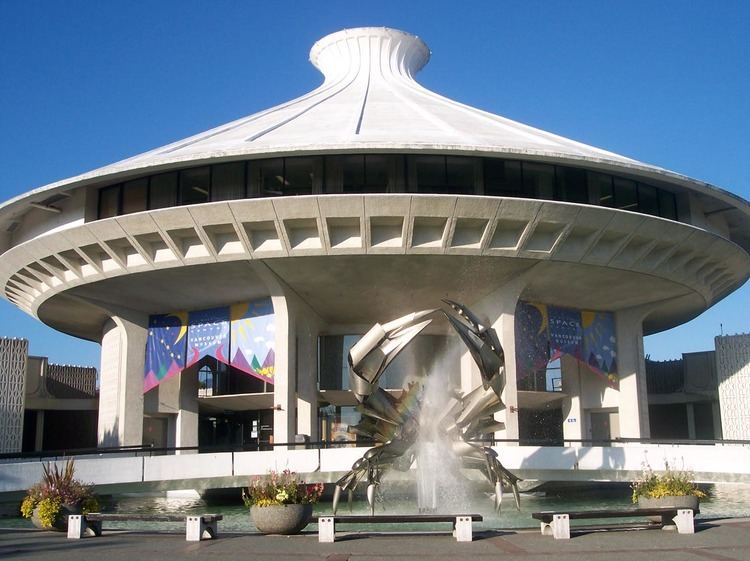
Museum of vancouver all together now on novus tv
Location
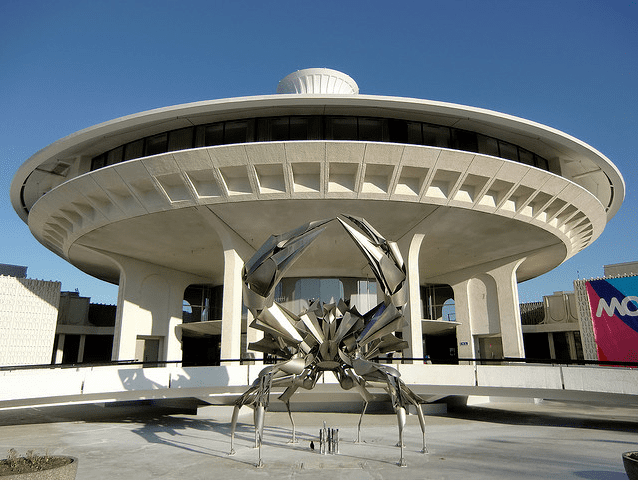
The Museum was built on traditional, ancestral, unceded land of the Coast Salish People and is located at 1100 Chestnut Street in Vanier Park, in the neighbourhood of Kitsilano in Vancouver, BC. It shares the park with the Vancouver Maritime Museum, Bard on the Beach, the Vancouver Archives, and the Vancouver Academy of Music.
History
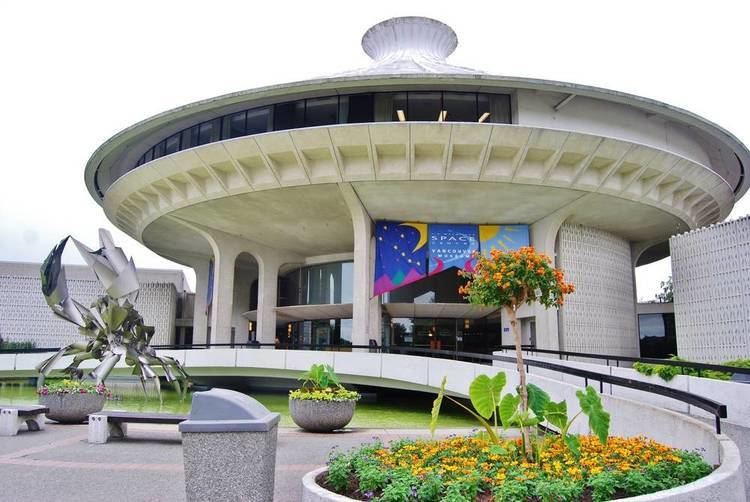
The museum was founded by the Art, Historical, and Scientific Association of Vancouver (AHSA), which formed on April 17, 1894, with the objective of cultivating "a taste for the beauties and refinements in life." Shortly after its inaugural meeting the AHSA opened its first temporary exhibition ('Paintings and Curiosities') in rented premises on the top floor of the Dunn Building on Granville Street, Vancouver. This exhibition triggered a series of donations to the new museum's collections which were mostly natural history or ethnographic in origin. The first recorded donation to the collection was of taxidermy - a stuffed Trumpeter Swan which was donated by Mr Sydney Williams in 1895. Regular purchasing of artefacts for the collections of the AHSA began in 1898 and acquisitions were eclectic and multi-disciplinary reflecting the interests of the decision-makers rather than any strategic approach to collecting.
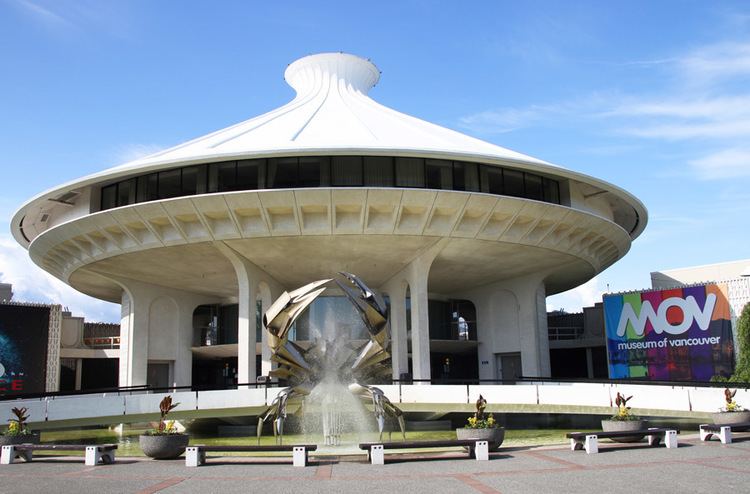
As the collection grew the question was raised as to a permanent place to display it and following discussions with the Vancouver City Council agreement was reached on August 26, 1903 that title to the museum collection would pass to the Council in exchange for the provision of suitable and convenient premises where they could be displayed. It was agreed at the same time that the new museum would be located on the top floor of the new Carnegie Library. The museum opened at this location on April 19, 1905.
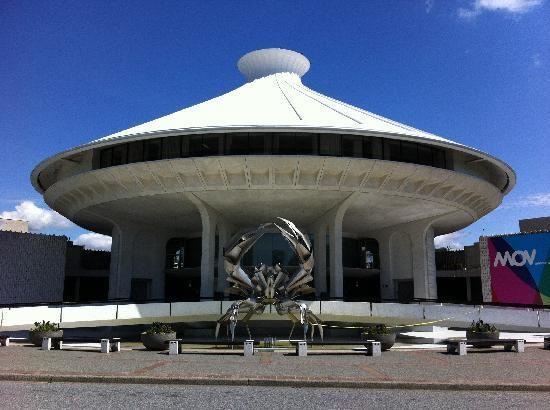
Between 1915 and 1925 the museum and the AHSA attempted to establish in Stanley Park a reconstructed First Nations village built around a series of major totem and house poles that had been acquired by the AHSA. This project ultimately failed but it did result in the current display of totem poles in Stanley Park which remain one of the most photographed tourist attractions in Vancouver.
In 1930 the museum sponsored an extensive series of archaeological excavations of the Marpole Midden which was one of the most important archaeological sites on the Pacific Northwest Coast but was also an unceded ancestral territory of the Musqueam First Nation and was where the village of c̓əsnaʔəm (Musqueam Marpole Village Site) had been located. The outcome of this has been dealt with in the award-winning exhibition c̓əsnaʔəm, the city before the city a joint project between the Musqueam Indian Band, the Museum of Vancouver and the Museum of Anthropology.
In 1957 the public library which shared the Carnegie building with the museum moved to a new dedicated building in Burrard Street tripling the available storage and display space for the museum and in 1959 the museum was incorporated into the City Council and became a city department under the control of a Civic Museum Board. A report was commissioned on the future of the museum (the Heinrich Report of 1965) and this recommended the building of a new museum on the south shore of False Creek near the Burrard Bridge. Federal and provincial money was made available for the 1967 Confederation Centennial celebrations and the current building was constructed which opened to the public in October 1968.
In 1972 the city council relinquished its control of the museum and a joint Museum and Planetarium Association was formed as a descendant of the original AHSA which founded the museum. In 1977 the museum was designated a Category A cultural institution by the federal government and named in the Cultural Property Export and Import Act.
The name of the museum has changed a number of times over its lifetime:
From 1894-1968 it was known as the Vancouver Museum
In 1968 it was rebranded as the Centennial Museum
In 1981 it was again rebranded as the Vancouver Museum
In 2009 it was again rebranded this time as the Museum of Vancouver and its focus changed to Vancouver rather than the lower mainland region of British Columbia as originally set out in its objectives and reaffirmed in 1977.
The Building
The building was constructed in 1967 to a design by the architect Gerald Hamilton who had studied at Leeds University before moving to Vancouver in 1950. Hamilton was a practitioner of the New Formalism school of architecture and its most visible proponent in Vancouver at the time.
Originally, the building was planned to only house a museum, but a generous gift by the lumber magnate H.R. MacMillan allowed the architect to incorporate a planetarium into the design. As a result, the distinctive roof was added, designed to reflect the shape of a woven basket hat made by Northwest Coast First Nations people. This decision has created ongoing confusion over the identity of the building as many people associate it mistakenly as only a planetarium whereas the vast majority of the building space is occupied by the galleries of the Museum of Vancouver and the planetarium part was renamed the H.R. MacMillan Space Centre in the late 1990s.
The building was officially dedicated on May 20, 1967 and the ceremony was attended by Her Royal Highness Princess Alexandra who was the granddaughter of Queen Mary and King George V and also a cousin of Queen Elizabeth II.
The building design appears to be heavily influenced by the work of architect Frank Lloyd Wright and it bears a striking resemblance to the Annunciation Greek Orthodox Church in Wauwatosa, Wisconsin, United States which was designed by Wright in 1956 and completed in 1961. The building is considered iconic by Vancouverites and is one of the most immediately recognisable buildings in Vancouver.[1] It was nicknamed 'the Taj Mahal on the creek' when first built and is characterised by its sweeping conical shape and reflecting pools crossed by curved pedestrian bridges.
Collection
The museum has a large collection of objects which reflect to a large extent the interests of the donors and of the curators who made decisions on acquisitions over the years in a similar way to many museums that were established in this way. The collection is nationally significant but much of it remains in storage due to a lack of exhibition space.
The collection includes the First Nations and Oriental artefacts that were collected by Mary Lipsett who established along with her husband the Lipsett Indian Museum which opened in a former aquarium in the PNE grounds in 1941. This collection was said to be the finest in Canada when reported on by the Vancouver Sun in 1948 and Mary Lipsett was well-respected for her positive relationship with the First Nations and was honoured with the Kwawlewith name 'Ha-wini-po-la-o-gua', which means “a matriarch to whom many come for good counsel.” She donated the entire collection to the then Vancouver Museum and it remains in storage there.
Particular strengths in the MOV collection include:
Ethnology
One of the most significant Pacific Northwest Coast First Nations collections in Canada with assemblages such as
Asian antiquities
These include collections such as:
Egyptian antiquities
These include:
History of Vancouver
These include objects such as:
Galleries
The museum has a number of permanent galleries together with large feature galleries which are continuously refreshed with ground-breaking temporary exhibitions.
It has won multiple awards for the quality of its exhibitions and programming. The permanent galleries cover the entire history of Vancouver in an immersive experience which includes sound and film. These include:
